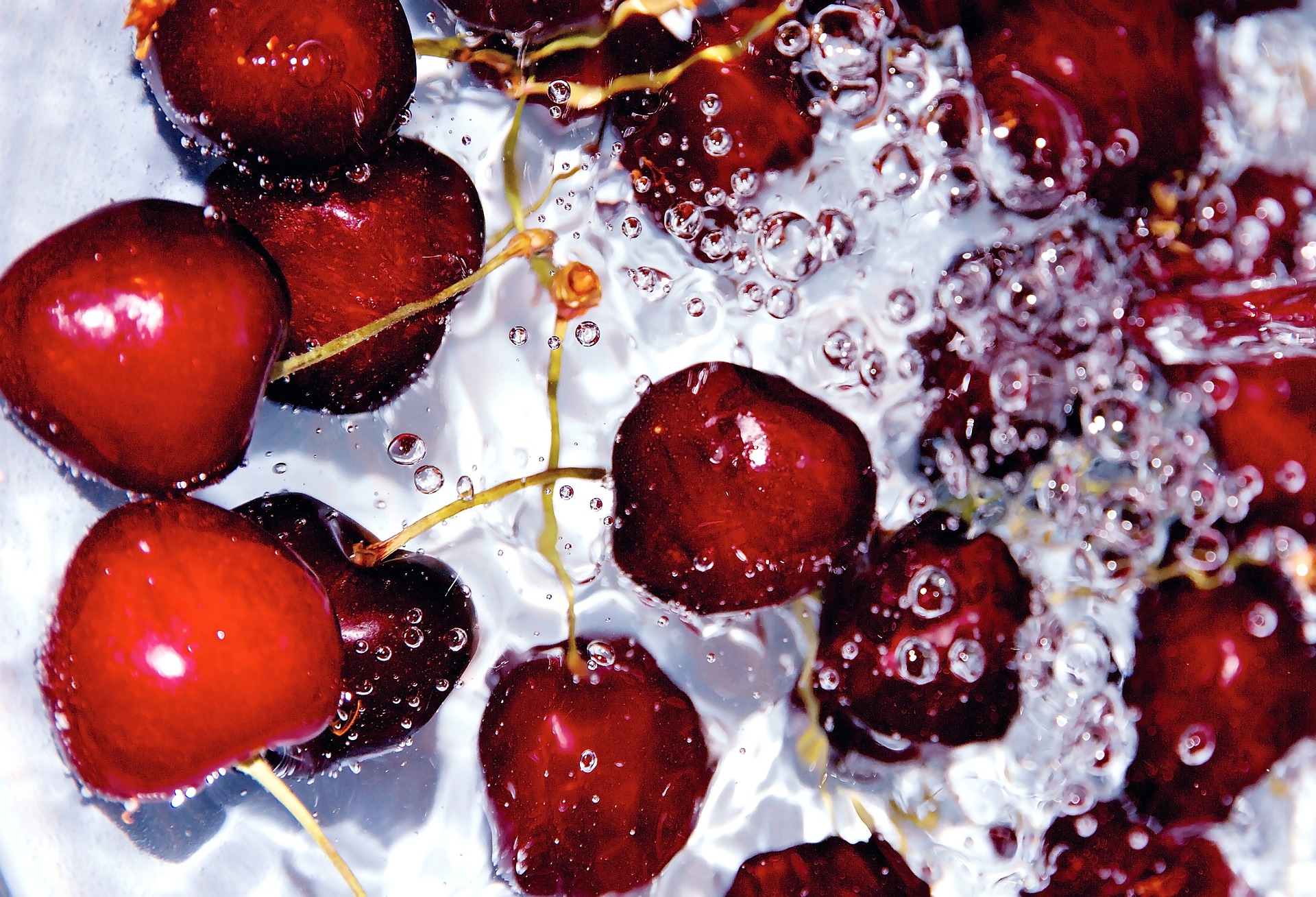
Schaller measurement technology expertise
The Water activity (aw) is a critical factor in the field of food science and plays an important role in determining food safety, stability and quality. It is a measure of the amount of water available for microbial and chemical reactions in a food system. The water activity scale ranges from 0 to 1, where pure water has an aw value of 1,0 and values below 0,6 are generally considered inhibitory to the growth of most microorganisms.
There are several reasons why water activity is important for food:
In summary, water activity plays a crucial role in food safety, preservation, shelf life extension, texture and overall quality of food products. By controlling water activity, food manufacturers can ensure product stability, reduce spoilage and increase food safety for consumers.
With the humimeter RH2 Water activity measuring device you can easily and quickly determine the water activity of your food. Two different sensors guarantee the optimal type of measurement, depending on the nature of the material.
We would be happy to advise you personally on our user-friendly, highly professional laboratory device. More information can be found here: humimeter RH2 aw value tester

MEASUREMENT DEVICES
CONTACT
Schaller Messtechnik GmbH
Max-Schaller-Strasse 99
8181 Ruprecht St./Raab
Austria
Phone 0043 3178 / 28899
E-mail: office@schaller-gmbh.at
© Web design and technical implementation: koerbler gmbh 2022
| Cookie | Duration | Description |
|---|---|---|
| cookielawinfo checkbox analytics | 11 months | This cookie is set by GDPR Cookie Consent plugin. The cookie is used to store the user consent for the cookies in the category "Analytics". |
| cookielawinfo checkbox functional | 11 months | The cookie is set by GDPR cookie consent to record the user consent for the cookies in the category "Functional". |
| cookielawinfo-checkbox-Necessary | 11 months | This cookie is set by GDPR Cookie Consent plugin. The cookies are used to store the user consent for the cookies in the category "Necessary". |
| cookielawinfo-checkbox-fastrs | 11 months | This cookie is set by GDPR Cookie Consent plugin. The cookie is used to store the user consent for the cookies in the category "Other. |
| cookielawinfo checkbox performance | 11 months | This cookie is set by GDPR Cookie Consent plugin. The cookie is used to store the user consent for the cookies in the category "Performance". |
| viewed_cookie_policy | 11 months | The cookie is set by the GDPR Cookie Consent plugin and is used to store whether or not the user has consented to the use of cookies. It does not store any personal data. |
| Cookie | Duration | Description |
|---|---|---|
| _ga | Contains a randomly generated user ID. Using this ID, Google Analytics can recognize recurring users on this website and merge the data from previous visits. | |
| _gid | Contains a randomly generated user ID. Using this ID, Google Analytics can recognize recurring users on this website and merge the data from previous visits. |
Lifetime Support